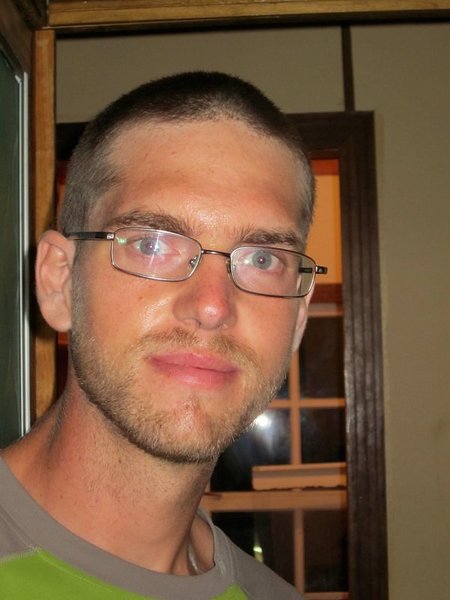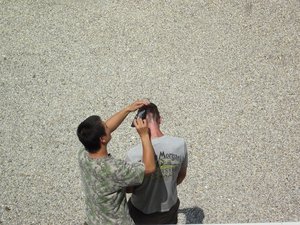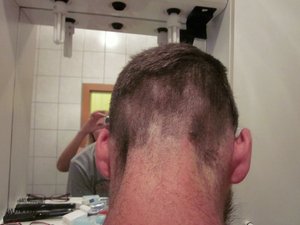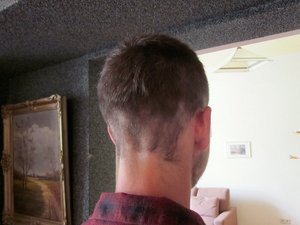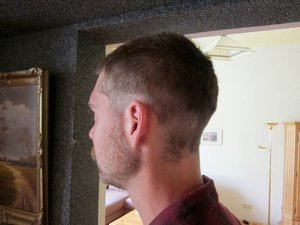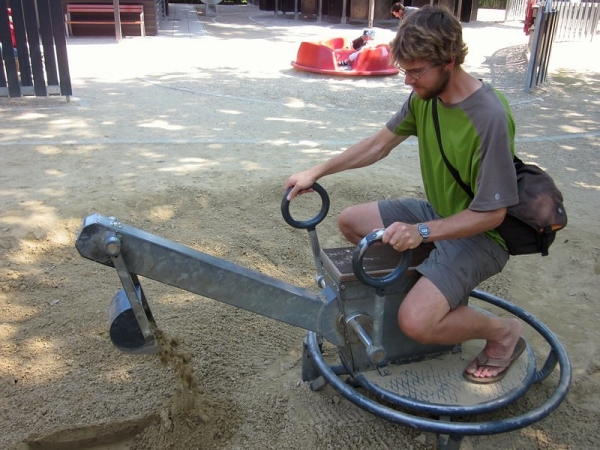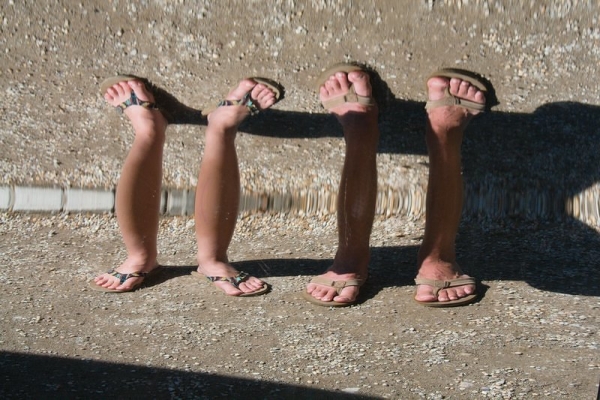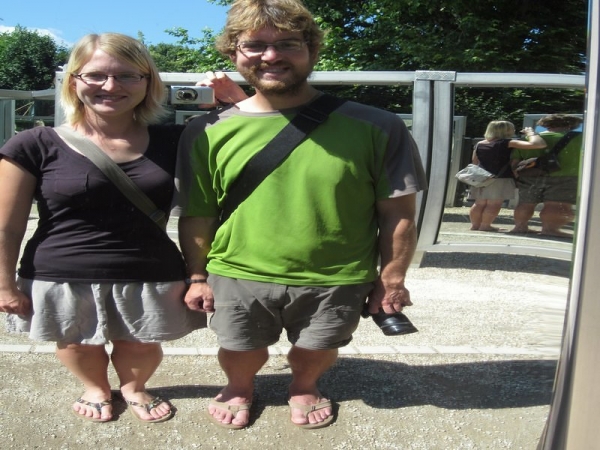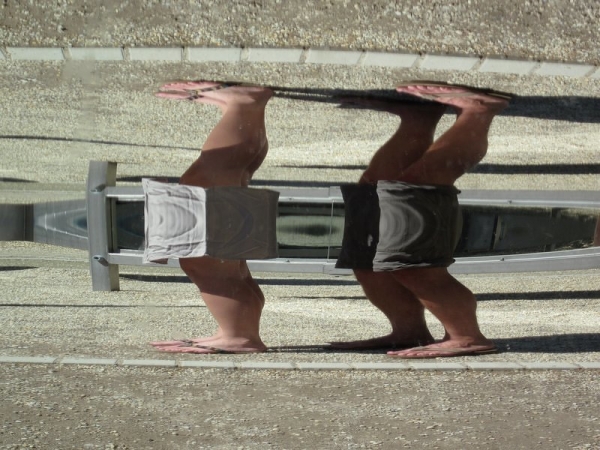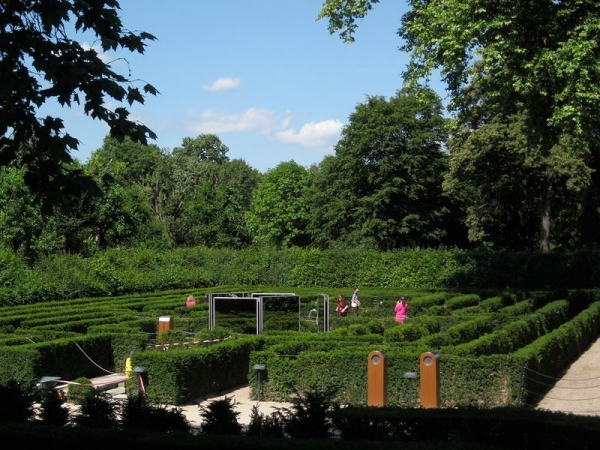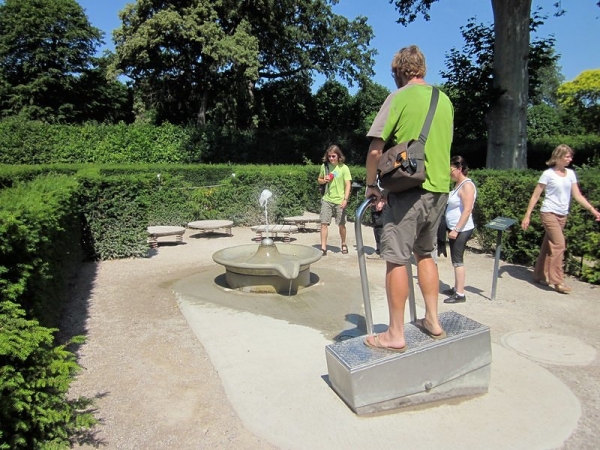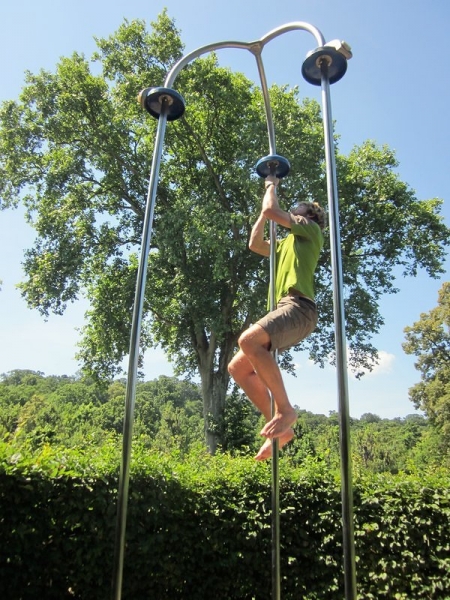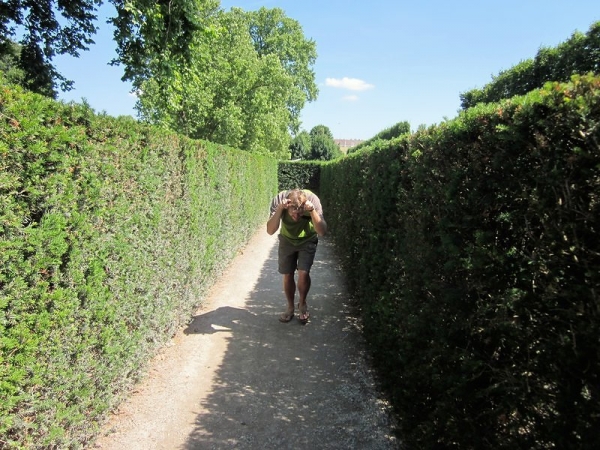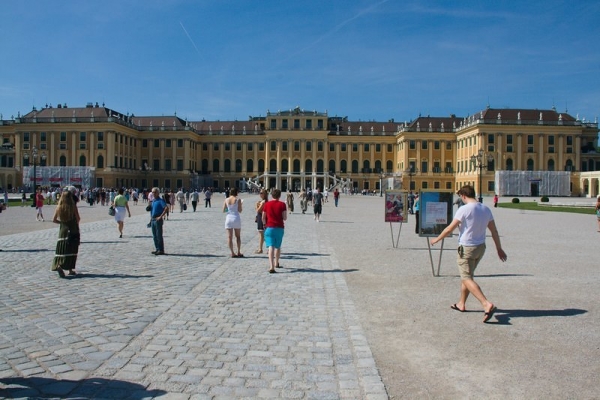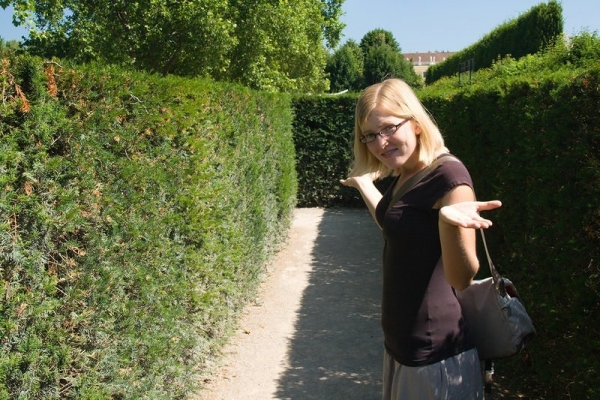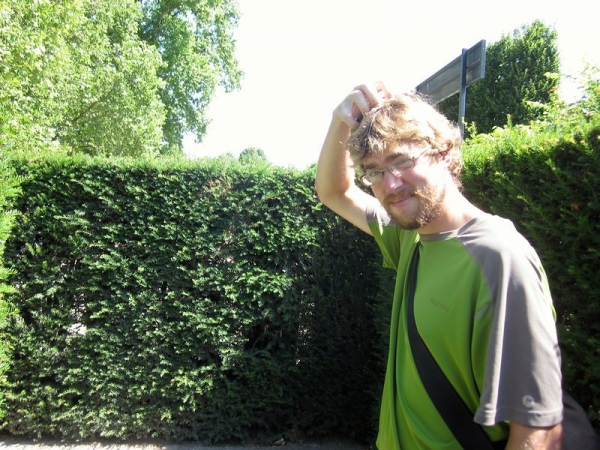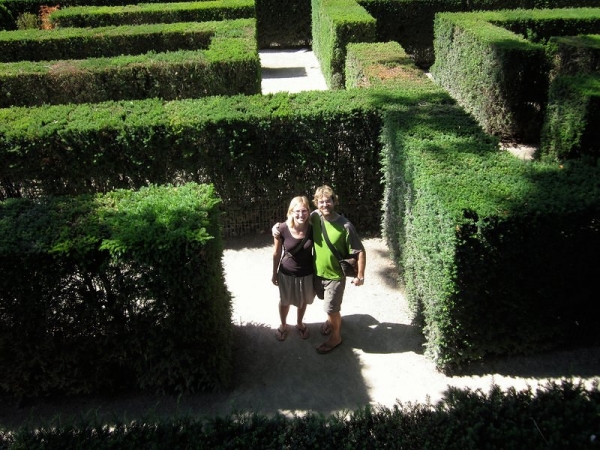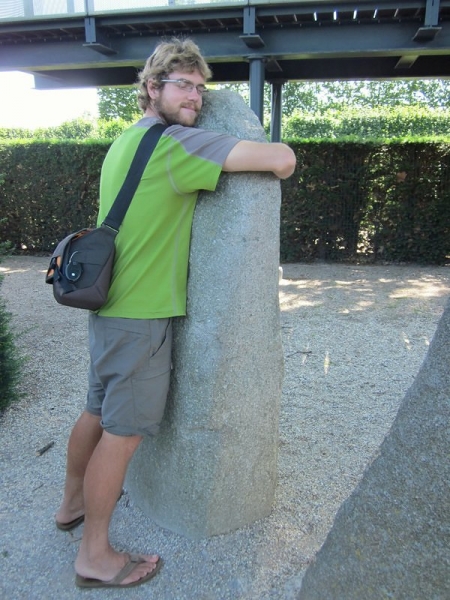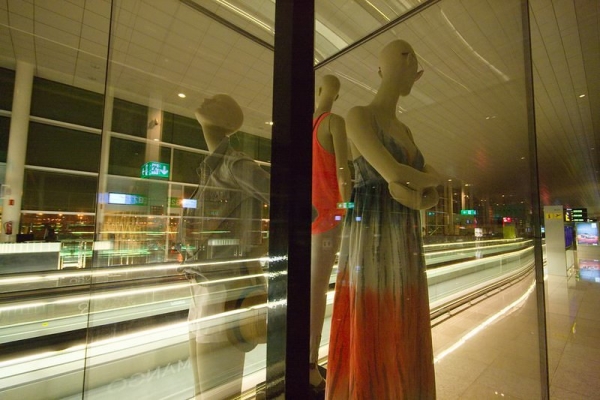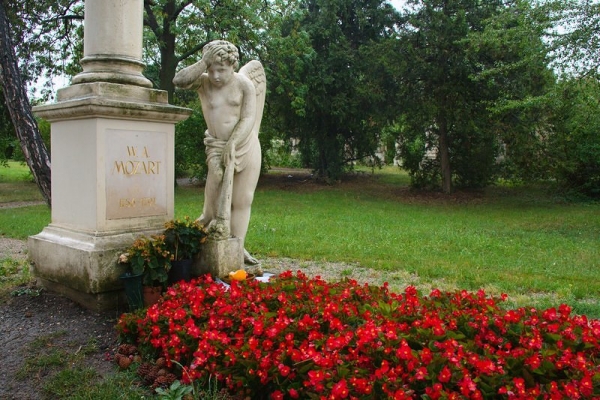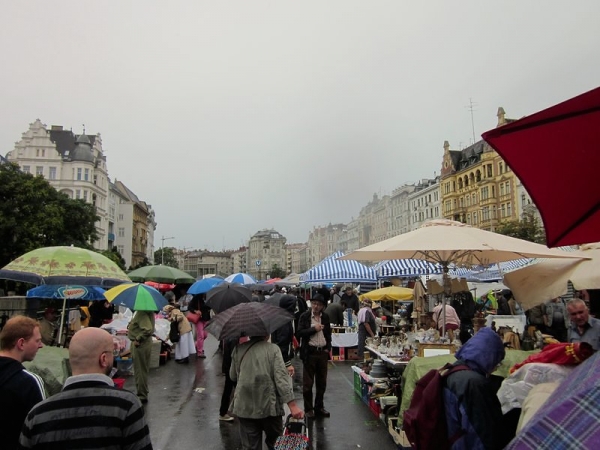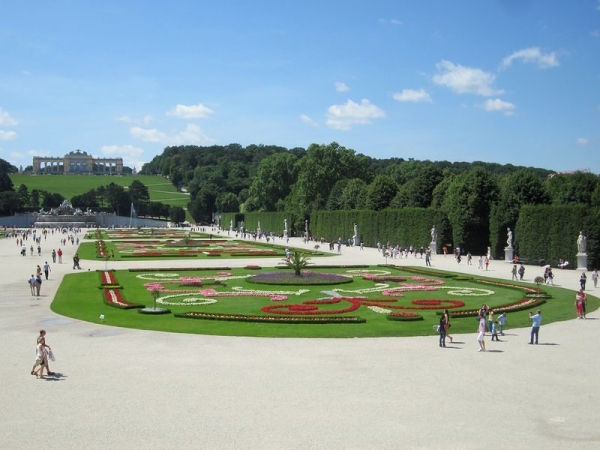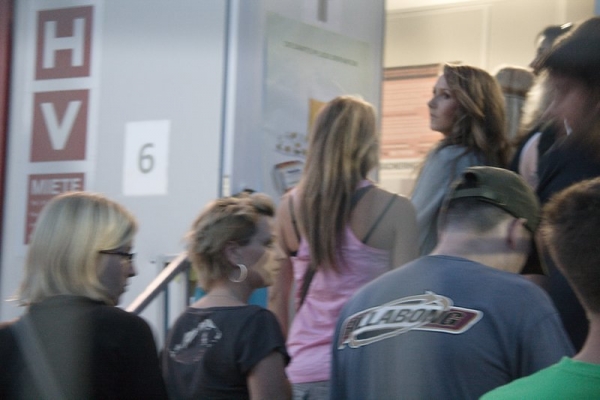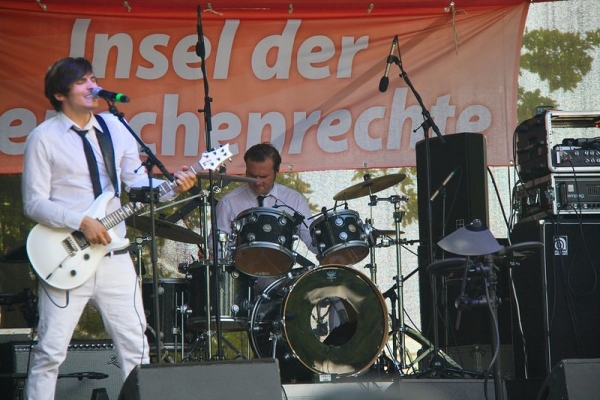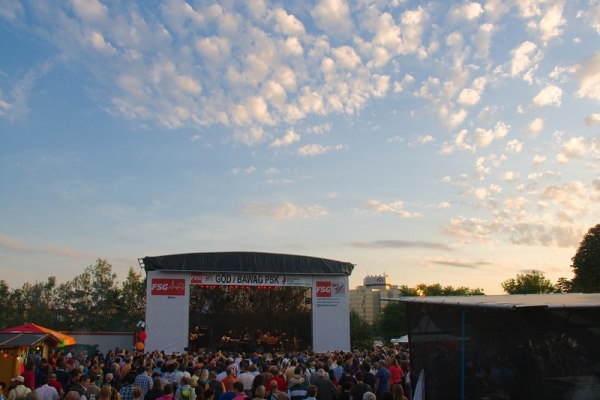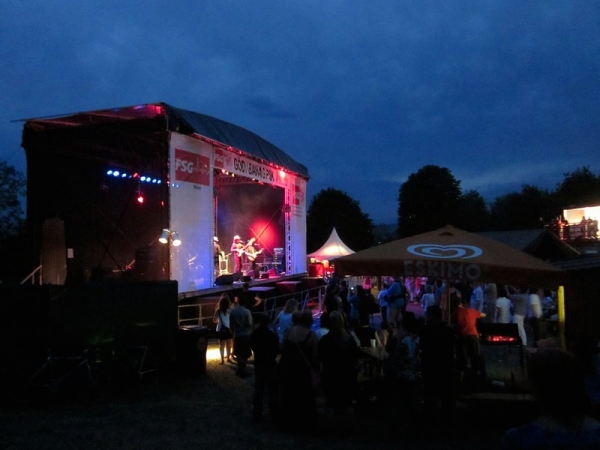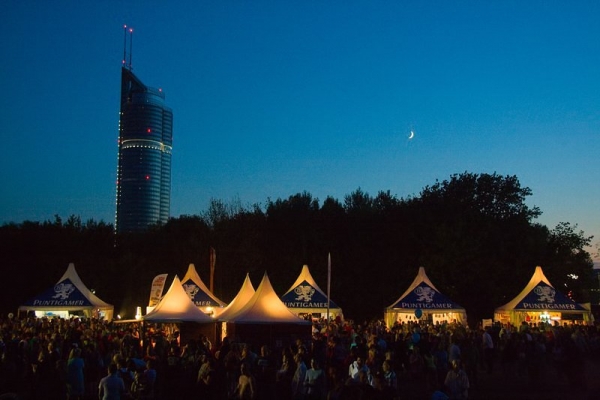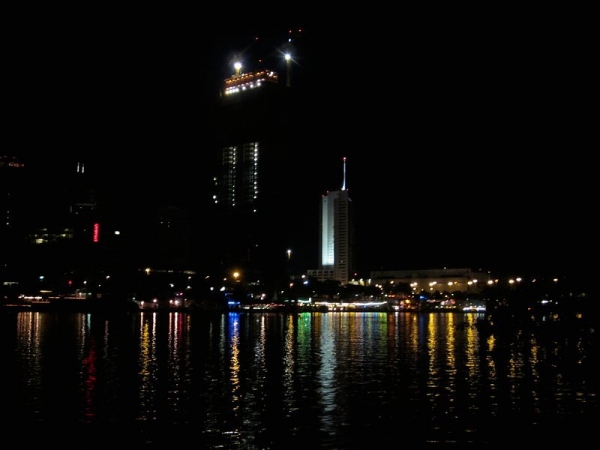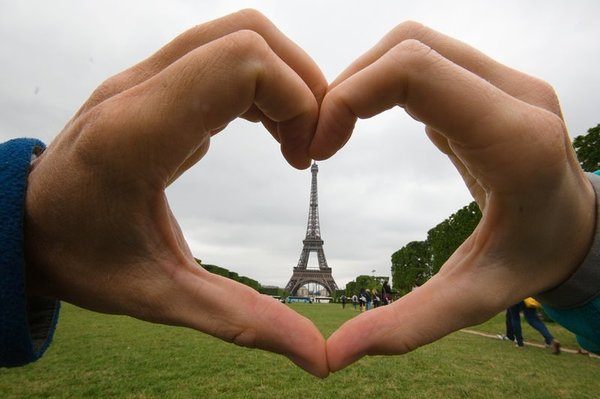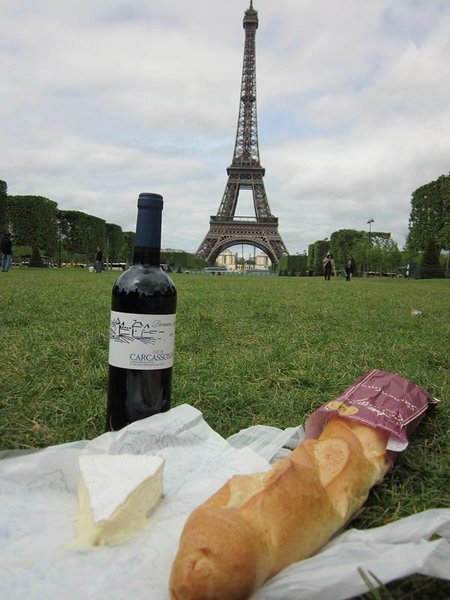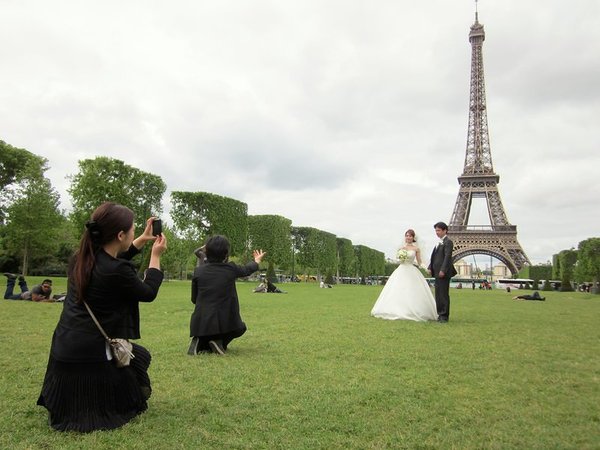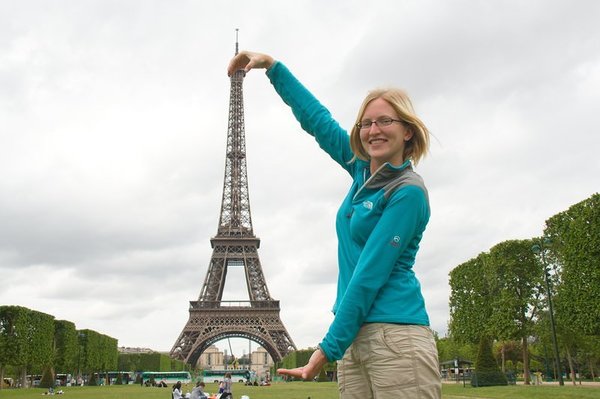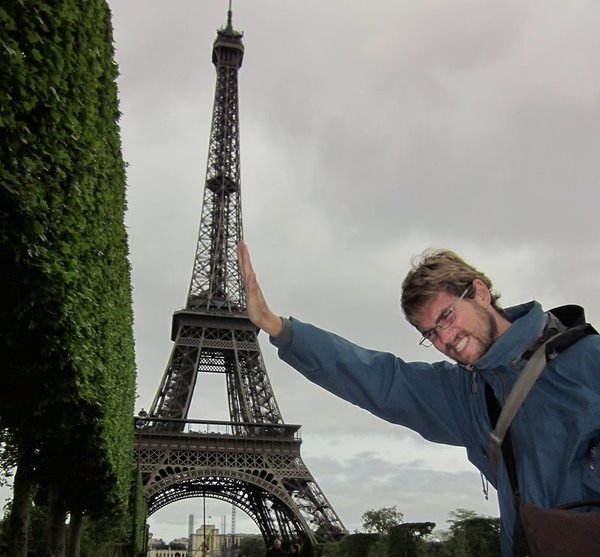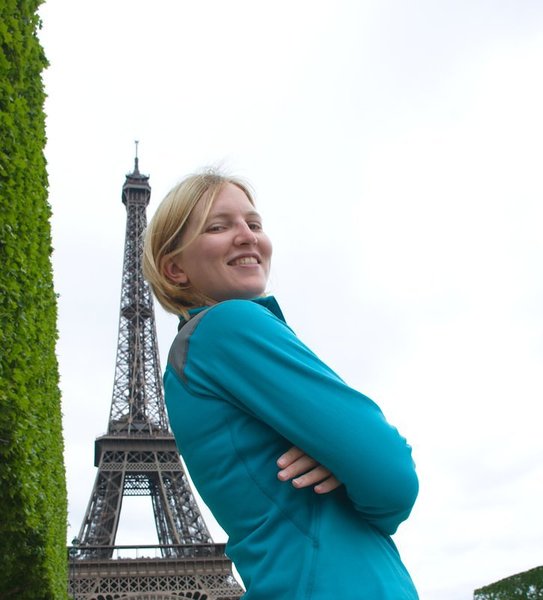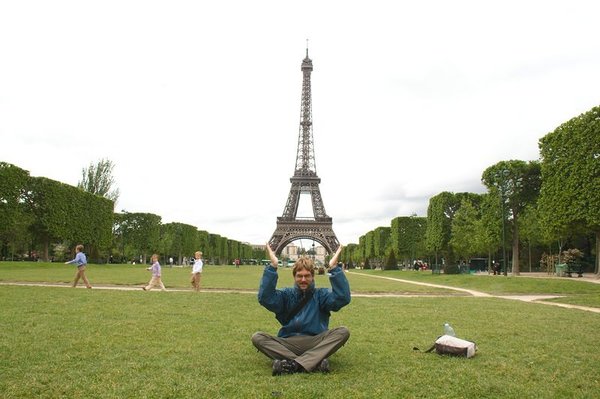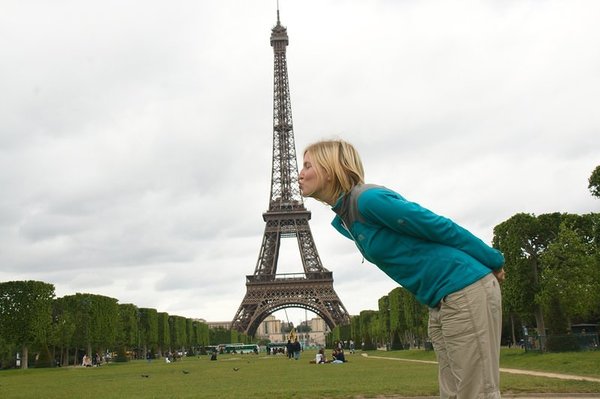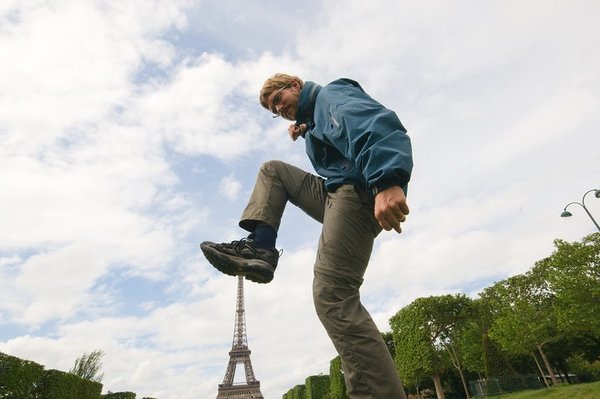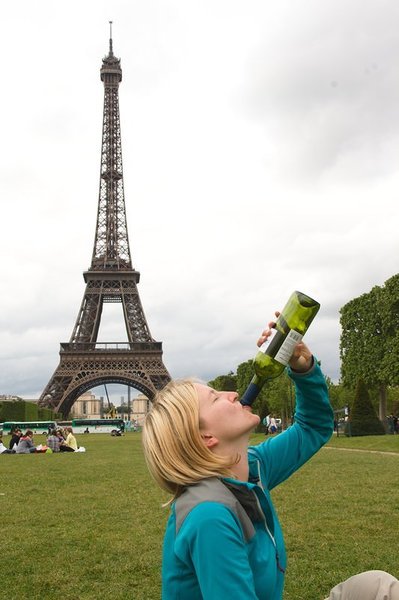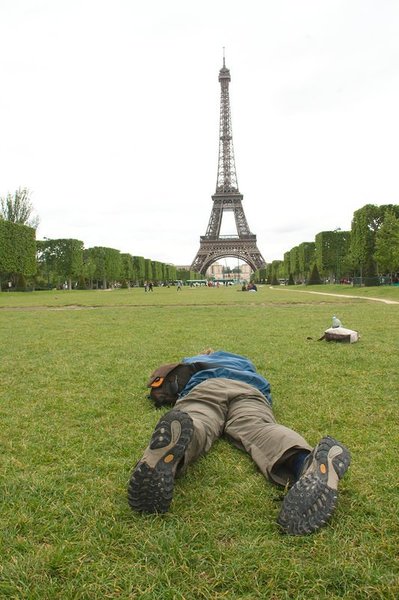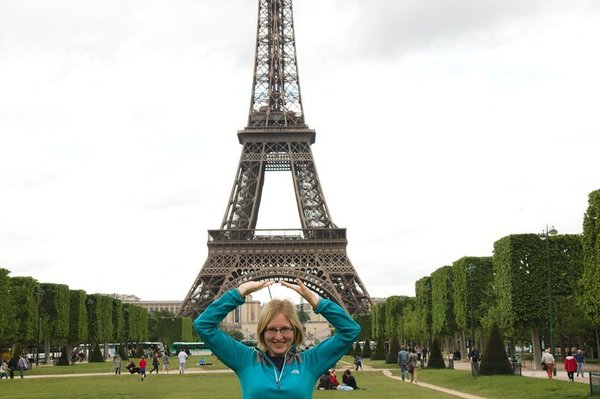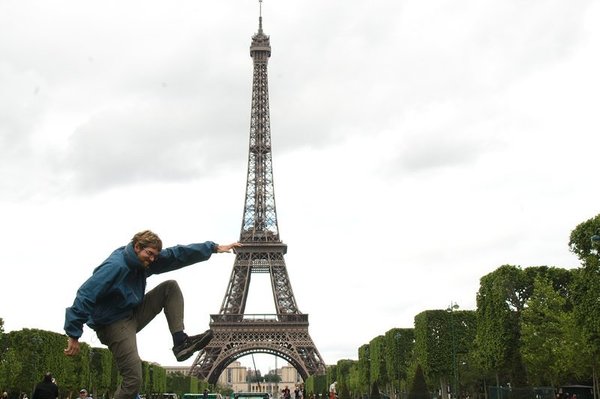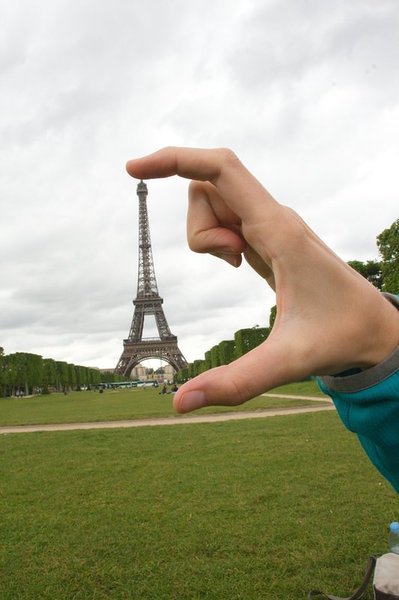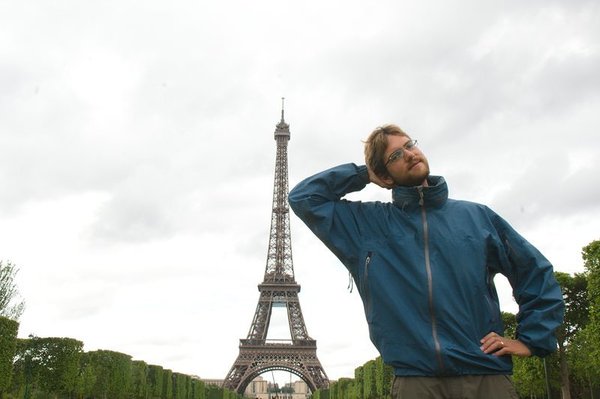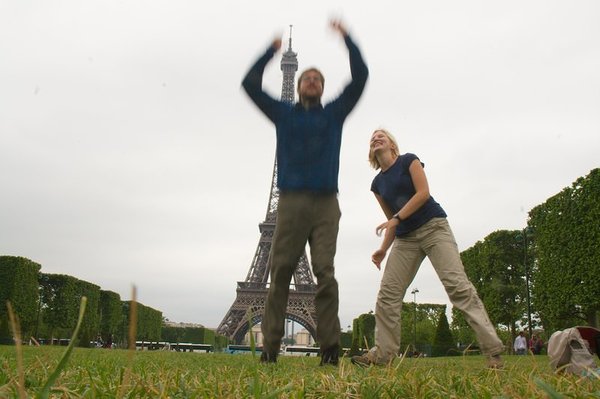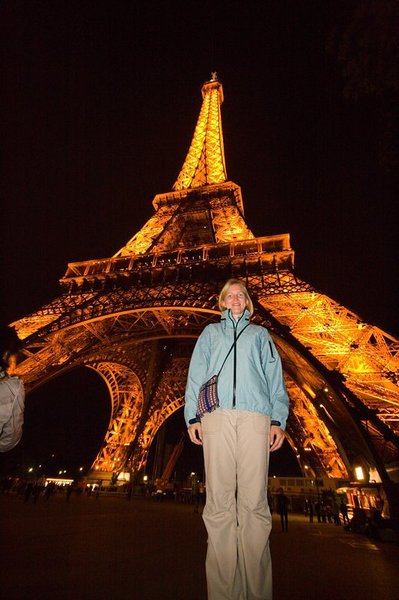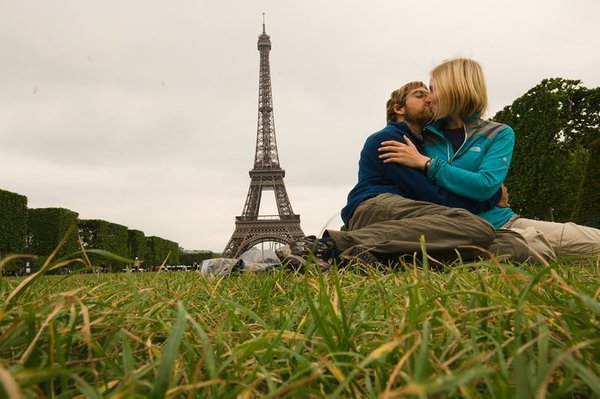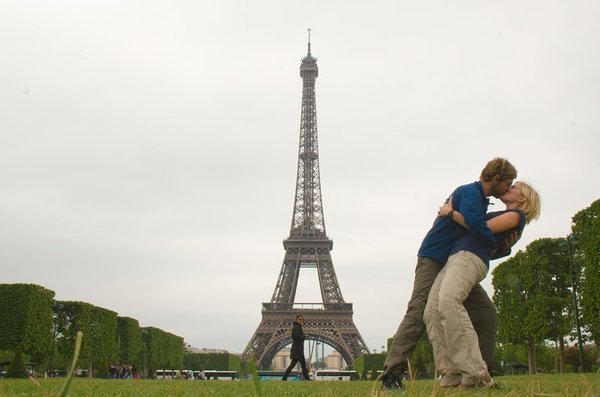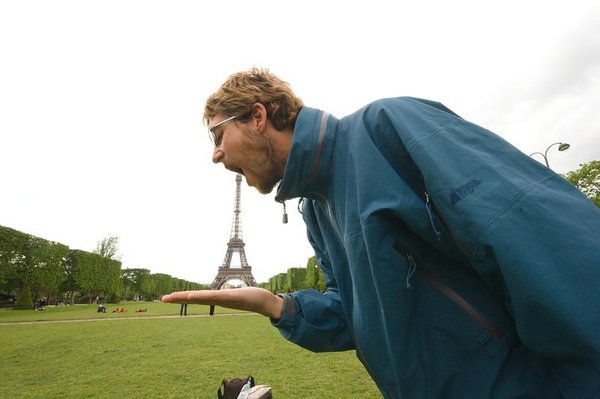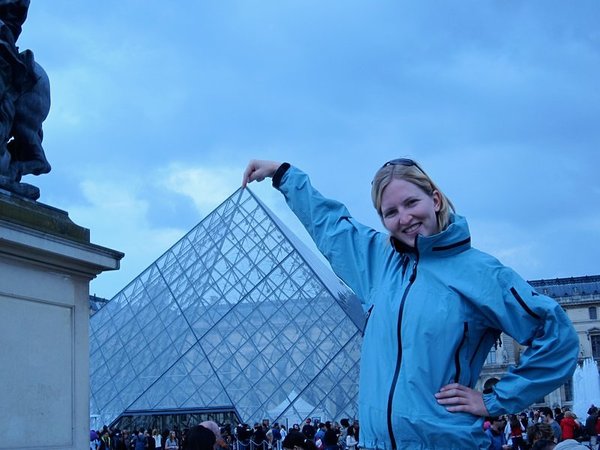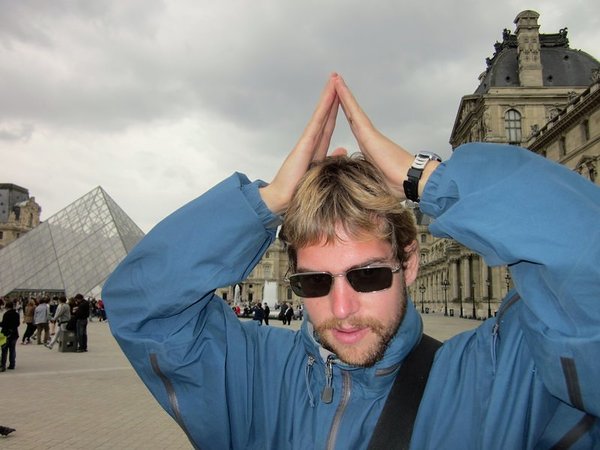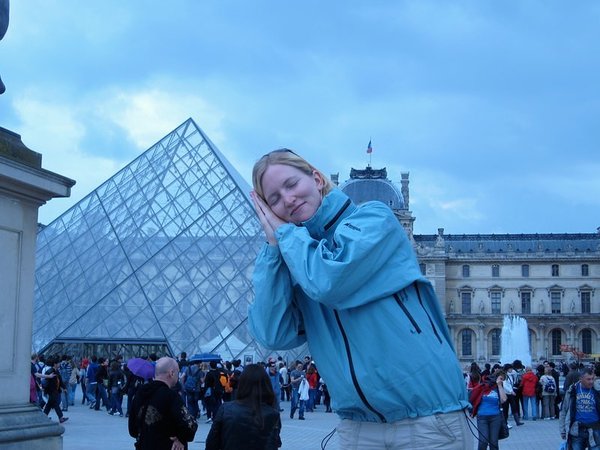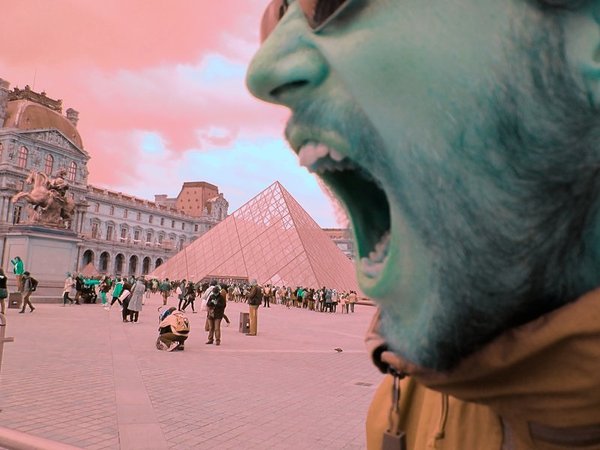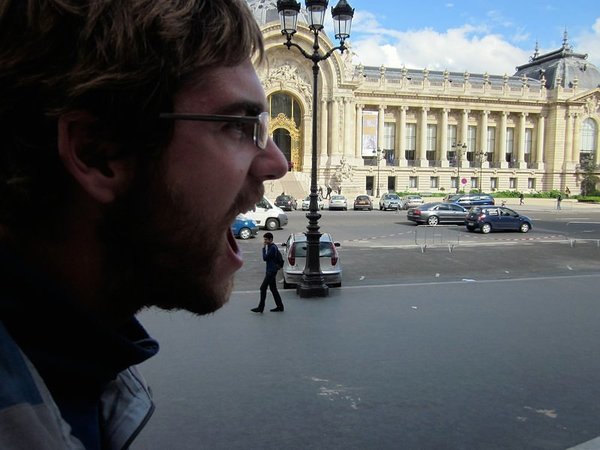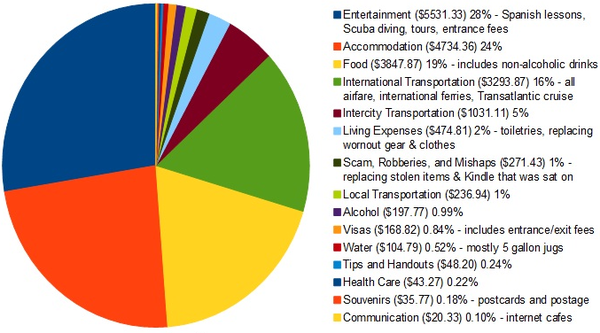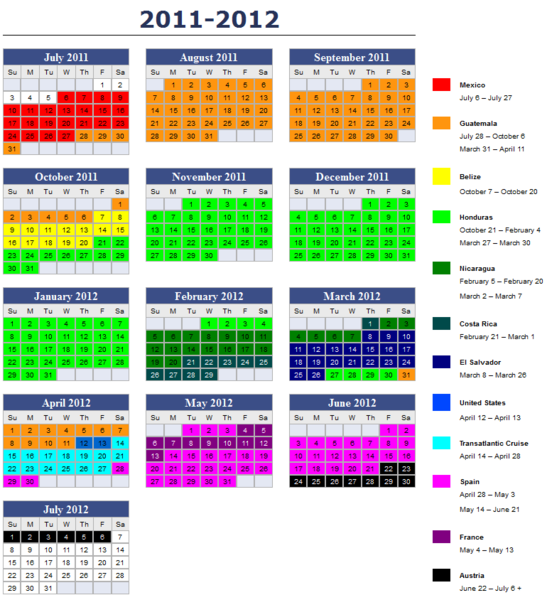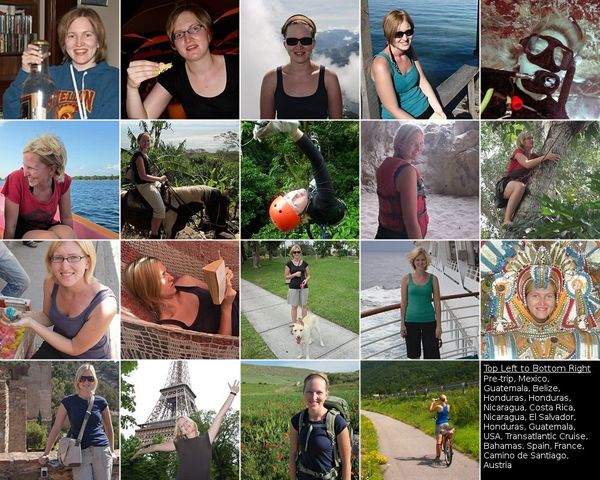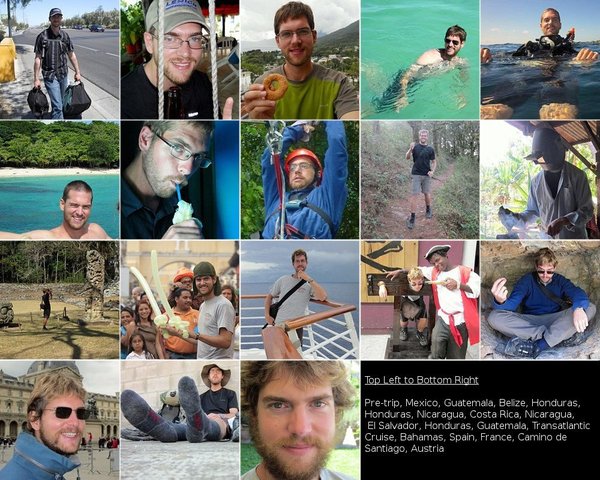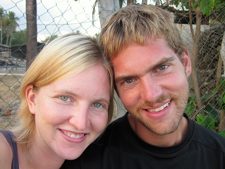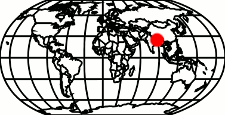This is our HOW TO guide to walking the Camino de Santiago (a.k.a. The Way of St. James) via the Camino Frances route. This path begins in Saint Jean Pied de Port, France and finishes in Santiago de Compostela, Spain. If you are looking for inspiration, you can read about our experience on the Camino by following the links at the bottom of the post. If you have already decided that this pilgrimage is for you, read on my friend.
As all good guides should, I’m going to start by acknowledging that we don’t know everything, and refer you to the same guide book that we used.
Walking Guide to the Camino de Santiago History Culture Architecture from St Jean Pied de Port to Stantiago de Compostela and Finisterre by Gerald Kelly
This is a Kindle book, which we’ll come back to. There are no maps, just a listing of all the towns (with places to stay) that you’ll be passing through, a description of the hostels/albergues (with prices), a brief bit of history, and some notes on various buildings and buildings. Most importantly for us, it had notes on which places had kitchens for our use. This book is updated every year, and we thought it was pretty good.
What to pack:
Ah, the eternal question. Follow our advice, and you’ll do well. Take nothing more, and nothing less. Seriously.
- 40 L or smaller backpack with frame – You want the frame so your hips can carry the weight instead of your shoulders. Also bring a rain cover if it is not a part of your backpack. We used our 38L Osprey Kestrels and found them very roomy.
- Sleep sheet or Sleeping bag – we brought sleep sheets, and wished we had sleeping bags. Then again, the weather was much cooler than normal for our camino, and pilgrims we met who had done the pilgrimage in other years recommended the sleep sheet. Both work.
- Long underwear top and bottom – It gets cold, even in Spain. If you only have a sleep sheet, this is essential.
- 2 quick dry shirts – Synthetics, or very thin cotton
- 2 quick dry bottoms – a pair of zip-off pants, and a pair of shorts
- 3 pairs of underwear
- 3 pairs of liner socks
- 3 pairs of wool socks
- Sweater
- Fleece
- Rain coat
- Wide Brim Hat
- 2 packing cubes, and a couple of zippered bags for organization
- 1 Pair of flip-flops – This is a necessity, most albergues will not let you wear your walking boots inside.
- Bottle of shampoo
- Bottle of sunscreen
- Deodorant
- Partial bar of laundry soap
- Toothbrush, floss, toothpaste
- Toilet paper (mostly for females) – for those times when you just have to go. For the bushes, carry an empty ziploc and pack the paper out to the next toilet. Albergues usually run out of TP in the ladies room by morning, so it’s handy there too.
- Quick dry travel towel XL (this can double as a flimsy blanket if you wake up shivering)
- 12 Clothes Pins or portable rubber clothesline
- First aid kit – Include tape, gauze, band aids, mole skin, iodine, needle, thread.
- Swiss Army Knife – The smallest knife that has scissors, a can opener, and a cork screw.
- Headlamp
- Passport and Pilgrim Credential
- Digital Point and Shoot Camera – Light weight & small; also bring rechargeable batteries and 8 GB of memory cards.
Optional but recommended:
- The Kindle from Amazon This is our favourite travel item of all time. It’s lightweight, the battery lasts a really long time, it’s easy to read, and there are a lot of books for it. On our Camino, Ashley read 6 books, and Mike read 5. It would not have been pleasant carrying all those books around in paper format.
- MP3 player – The only catch here, is you will need one large enough that you won’t get bored of your music. 4 GB at a minimum.
- Sunglasses
- Spices – Namely, salt and pepper. You can buy the cheapest shakers and dump half of it out to cut down on weight. We also recommend curry powder – it makes lentils just a little more interesting.
- Light weight bowl and a half dozen plastic spoons – great for making hummus, salads, or oatmeal when you have no kitchen.
- Reusable grocery bag
Things you should not pack without consideration:
- Laptop – Unless you are blogging, or need to be connected, don’t bring it. Even if you are blogging, consider the weight carefully (we did opt to carry our netbook with us).
- Travel Safe – Absolutely awesome if you bring a computer, otherwise a bit big/heavy for a walk like this.
- Compass/map – Not essential – you are not going to get lost.
- SLR Camera – Too heavy for our liking. Invest in a good quality point-and-shoot – your shoulders and knees will thank you.
- Day bag – Use your pockets.
- Padlock – Don’t bring it, there are no lockers.
- Deck of playing cards – hardly used.
- Extra shoes or heavy sandals – Stick to flip-flops. There are a lot of shoes/boots that get left behind because of weight.
- Rain pants – not necessary, but a creature comfort nonetheless. We didn’t have them, but they would have been swell on exactly two days.
Just remember, the lighter your bag, the happier your Camino. If you don’t expect you will use something you’ve packed every day… leave it at home.
Oops, I brought too much stuff. What now?
No problem, so did we. Head down to the post office in St-Jean-Pied-de-Port and mail it on to Santiago de Compostela. For a fee, the Pensión Badalada will store them for you. We used them, and had no trouble. Details can be found on their website http://pilgrimhelper.wordpress.com/luggage-storage/
Getting Prepared – Physically:
It’s just walking ladies and gents. It’s time consuming, invigorating, blissful and divine, and if you can walk to the grocery store, you can walk the Camino de Santiago.
Please don’t think you need to be young like us. We were the exception. A typical pilgrim is closer in age to 60 than 30, with plenty in their late 60’s or 70’s.
Physical fitness is also not the biggest concern. Again, we met plenty of people who would be considered clinically obese along the way. They may have been a bit slower than us, but they got there just the same.
My point is, no matter what kind of shape you are in, regardless of your age, you can probably walk the Camino. All you need to do in preparation is walk. A lot. Try loading up your backpack at home, wear the same shoes you plan to wear on the Camino, with the socks you plan to use, and head out for an hour or two each night. After a couple of weeks, I think you’ll be as prepared as can be, and more prepared than we were.
Blister Care:
You are going to get blisters. They are going to hurt for about four days, and you will walk on them. Don’t worry though, you can think of it as character building, and it’s not too bad. It is bad enough, but not too bad.
If your blister has not popped, don’t pop it. What you want to do is sterilize a needle and a bit of thread by boiling it in water. Next run the thread through your blister from one end to the other. Trim the thread so about 1/2″ of thread is sticking out either side of the blister skin and leave the thread in your blister. The thread will allow your blister to continue to drain while you walk. If your blister continues to fill, give a tug on the thread to loosen it, and the puss will start flowing again. When you need to walk on it, cover with gauze and tape. Change the gauze when it gets wet. When you don’t need to walk on it, leave the gauze off. When the blister stops filling (you’ll know because the thread stops sticking), you can take out the thread. That’s it. Thanks to Shawna from http://getupandglobe.com for the advice – we followed it and it worked well.
If your blister has popped, you want to buy a Compeed from any pharmacy. They’ll be prominently displayed along the Camino. You should be able to find one designed to fit the exact spot of your wound. Make sure your skin is clean and dry before applying. The Compeed will become a second layer of skin. You can shower with it, sleep with it, in fact you do everything with it – just don’t rip it off! It’ll fall off on its own after four or five days.
Weather:
We had a huge range of weather over the month we walked the Camino. In the mornings, it could be as cold as near-freezing (we needed to walk with spare socks on our hands to keep the blood flowing), in the plains it would reach the mid 30’s, and then there were the days where it poured rain. If you’ve got the equipment in our packing list, you should be fine. We walked every day regardless of what the weather threw at us.
One tip, if your boots get soaked from walking in the rain all day, fill them with balled up newspaper when you get into the albergue, and change the newspaper before bed. Most albergues have paper sitting by the boot rack on rainy days. Your shoes will be dry by morning.
Accommodation:
The cheapest, and therefore best, accommodation are the pilgrims albergues. Expect to spend between 4€ and 10€ per night per bed. You’ll be sharing a dorm room but have a bunk bed mattress to call your own (although occasionally it may be touching a complete stranger’s mattress… just remember, the Camino’s a great chance to make new friends). There will be a curfew, usually 10:00pm at night, and a checkout time of about 8:00am. This is a very good thing, as you’ll be able to go to bed early, and wake up early to beat the day’s heat. If you can not tolerate hearing the snoring/flatulence of dozens of other pilgrims, consider earplugs.
You don’t need to book accommodations in advance (in fact, often you can’t). The albergues open between 12:00pm and 1:00pm for the most part, and it’s a good idea to get in early for a few reasons. For one, they can fill up, meaning you may be forced to walk several kilometres farther than you had planned that day. Second, hot water is usually hot when their doors open, but may not be so hot after 100 other people have showered.
Upon arrival, we would usually shower ASAP, then do our laundry. It was best to do laundry early every day so it had a chance to dry. Every albergue expects that you will do your own laundry, so they provide washing sinks and clotheslines. If it’s raining, only wash your socks and underwear. You can drape them over your bunk bed rails to dry inside (may take two days).
Food:
We didn’t really eat out, preferring to make our own vegetarian food. However, there are a lot of restaurants and cafes on the cCmino, so there is always a place to eat. Pilgrim menus are available for 10€ and include a starter, a main course, desert, and wine. For lunches and snacks, most cafes will make you a sandwich called a bocadillo for 2.50€.
If you are going to prepare your own food like us, there’s good news and bad news. Finding food is not that hard. Just about every small town has a store for pilgrims, though the smaller centres will have very high prices and very small selection. For whole grains, you will be able to find whole wheat bread at a little less than half the bakeries, oat flakes at a similar percentage of grocery stores. Whole wheat pasta is also available, though slightly more rare, and very very rarely you’ll stumble across whole rice.
There are lots of options for legumes. Just about every store will sell precooked garbanzos, lentils, and white beans for less than 0.60€ a jar. You can also buy dry lentils and cook them in your albergue without pre-soaking in a reasonable amount of time.
As for fruits and veggies, Spain is the right place to be. Everything is very delicious, and reasonably cheap. Make sure you eat a banana every day, but don’t stop there. Try the cherries, oranges, grapes, apples, peaches, nectarines, and especially the tomatoes. If you find very small, very ripe, natural looking Raf tomatoes. Get them. They are delicious.
Speaking of cooking in albergues, most kitchens are only equipped with a few pots/pans and a single 4 burner stove. You’ll have to share with everyone else, so expect a lineup unless you eat at very strange times.
On the topic of sharing, don’t be afraid to buy too much, and share it. We often were the benefactors of partial bottles of wine and pasta. We also left behind partial packages of lentils, and other uneaten foods that we didn’t want to carry with us the next day.
Walking:
The heart of it all. We walked at about 5 km per hour, and found that 25 km or less in a day felt easy, and we woke up feeling very good. When we walked 26 km or more in a day it felt long, and our bodies felt a bit sorer the next morning. We spoke to quite a few pilgrims, and everyone seemed to feel the same regardless of age or general fitness.
How far you walk in a day is completely up to you. For the most part, albergues are spaced about 5 km or so apart, giving you lots of options on where to start and end your day. We’ve met people who walk 50 km days, and those who walk 15 km days. Whatever you are comfortable with is fine. There are no rules. However, if you walk too little in a day, you’ll be waiting for your albergue to open and if you walk too far in a day, you’ll be hoping you can find an unoccupied bed.
Breaks are also a personal preference. We tried long breaks, short breaks, and no breaks at all. After 37 days of trial and error, this is what we settled on; walk the first 10km without break. From then on in, rest for 10 minutes every 5km.
You’ll need to carry water and snack foods with you while you walk. We each carried 1L of water split into 0.5 L of drinking water, and 0.5 L of emergency water. We refilled our waters at the numerous fountains along the way. Only rarely did we actually need to touch our emergency supply. For snacks we brought a variety of mixed nuts, bread, cheese, dried figs, and Ashley’s favourite – double stuffed Principe chocolate cookies.
If you have more questions, just stick them in a comment, and we’ll do our best to answer them. The rest is just following the arrows. Like I said, you won’t get lost and ¡Buen Camino!

Some of the many many way markers on the Camino de Santiago
Want to read more about our Camino? Check it out…
Our Camino, Your Camino… Our Challenge to You
Camino de Santiago Week 1 – Beautiful Landscapes & Unexpected Challenges
Camino de Santiago Week 2 – Getting Past the Pain
Camino de Santiago Week 3 – Feels a Lot Like Home
Camino de Santiago Week 4 – Easy Walking
Camino de Santiago – We Made It to Santiago, But We’re Not Finished Yet!
Camino de Santiago by the Numbers – Our Budget and Stats
Guide to the Camino de Santiago
